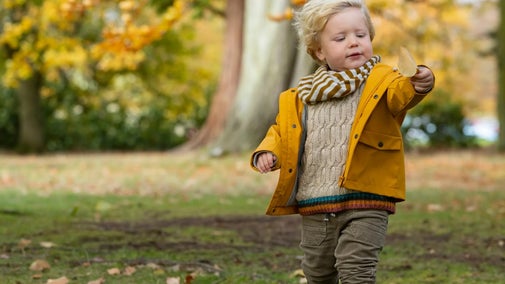From 1288
Early History
The Massingberd family is long established in Lincolnshire, tracing its descent to Lambert Massingberd of Sutterton on the Wash who was convicted of grievous bodily harm in Boston in 1288.
Through the marriage of Sir Thomas Massingberd to Joan de Bratoft in 1495 the lands of Bratoft and Gunby and the moated manor house at Bratoft came into the family, surrounded by fish ponds and an extensive park. An Elizabethan garden seems to have adorned Bratoft Manor, of which archaeological remains can be seen in the landscape today.
Civil War
During the Civil War the Massingberd brothers, Henry and Drayner, fought on the Parliamentary side. Both brothers prospered under the Commonwealth of Oliver Cromwell. Drayner went on to found the branch of the family seated at South Ormsby in Lincolnshire.
Henry served as High Sheriff of the county and was rewarded with a baronetcy by Cromwell. This was probably because of Henry's generosity to the State in maintaining 30 foot soldiers in Ireland for three years, keeping the peace after the bloody campaigns of 1649-51.
For reasons that are not entirely clear, Sir Henry managed the unusual feat of having his Cromwellian baronetcy re-conferred by Charles II in 1660.







